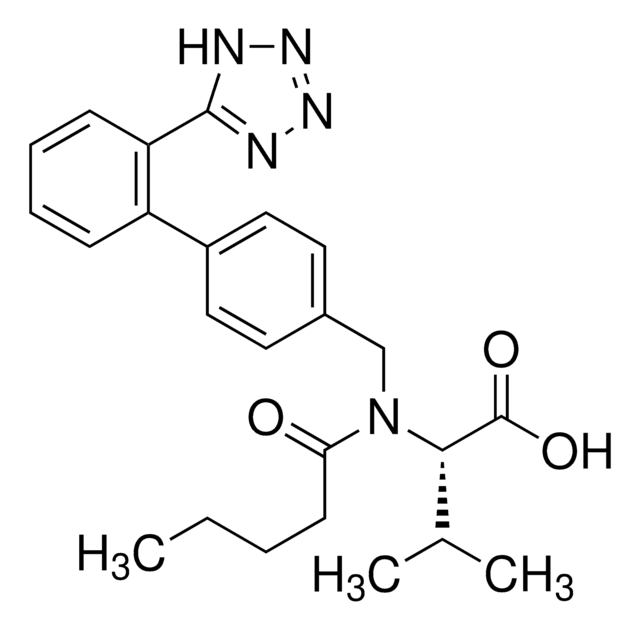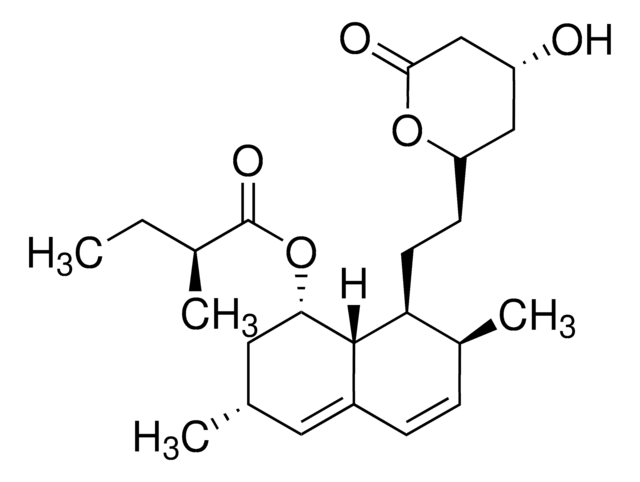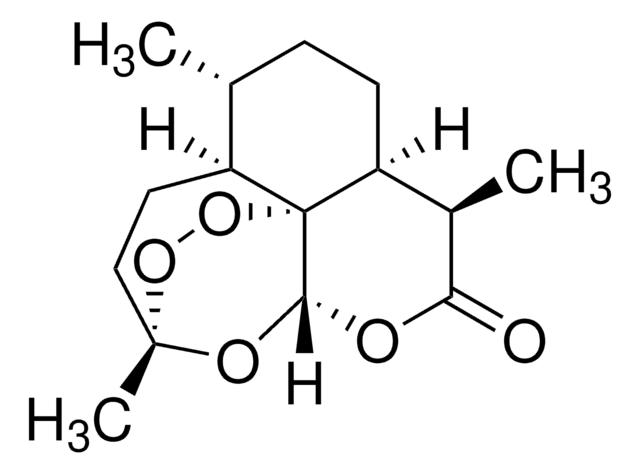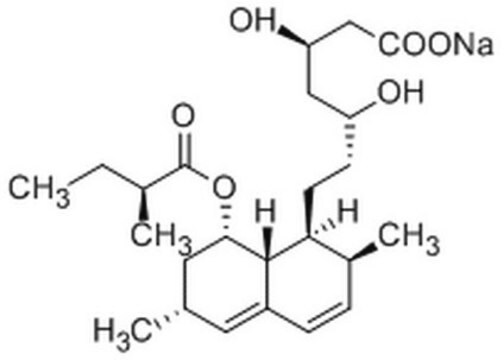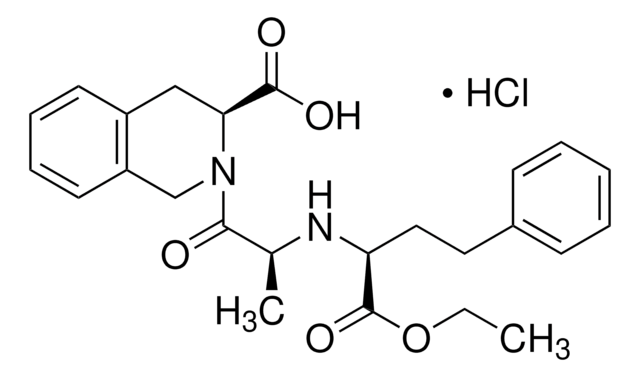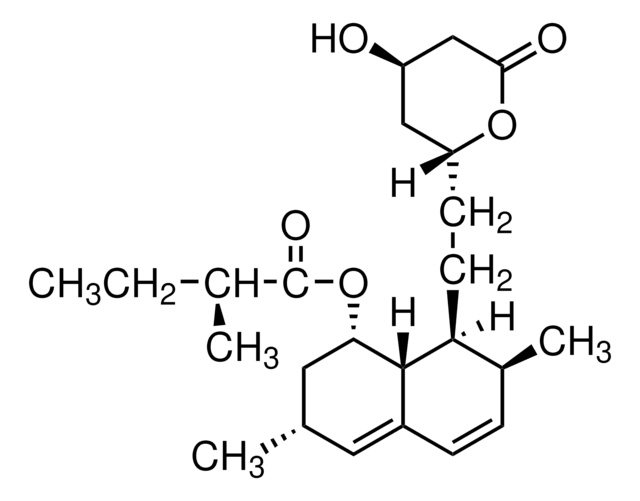M4667
(±)-Mevalonolactone
~97% (titration)
Sinónimos:
(±)-β-Hydroxy-β-methyl-δ-valerolactone, (±)-3-Hydroxy-3-methyl δ-valerolactone, DL-Mevalolactone, DL-Mevalonic acid lactone
About This Item
Productos recomendados
assay
~97% (titration)
Quality Level
storage temp.
−20°C
SMILES string
CC1(O)CCOC(=O)C1
InChI
1S/C6H10O3/c1-6(8)2-3-9-5(7)4-6/h8H,2-4H2,1H3
InChI key
JYVXNLLUYHCIIH-UHFFFAOYSA-N
¿Está buscando productos similares? Visita Guía de comparación de productos
General description
Application
- study the effect of statin on the prenylation of Ras and Rho GTPases
- analyse the isoprenoid biosynthesis pathways in Listeria monocytogenes
- study the the effects of statins on proliferation and migration of HUVECs (HGF-induced human umbilical vein endothelial cells)
Other Notes
Storage Class
11 - Combustible Solids
wgk_germany
WGK 3
flash_point_f
235.4 °F - closed cup
flash_point_c
113 °C - closed cup
ppe
Eyeshields, Gloves, type N95 (US)
Certificados de análisis (COA)
Busque Certificados de análisis (COA) introduciendo el número de lote del producto. Los números de lote se encuentran en la etiqueta del producto después de las palabras «Lot» o «Batch»
¿Ya tiene este producto?
Encuentre la documentación para los productos que ha comprado recientemente en la Biblioteca de documentos.
Los clientes también vieron
Artículos
Biosynthesis of cholesterol generally takes place in the endoplasmic reticulum of hepatic cells and begins with acetyl- CoA, which is mainly derived from an oxidation reaction in the mitochondria. Acetyl-CoA and acetoacetyl-CoA are converted to 3-hydroxy- 3-methylglutaryl-CoA (HMG-CoA) by HMG-CoA synthase.
Nuestro equipo de científicos tiene experiencia en todas las áreas de investigación: Ciencias de la vida, Ciencia de los materiales, Síntesis química, Cromatografía, Analítica y muchas otras.
Póngase en contacto con el Servicio técnico
